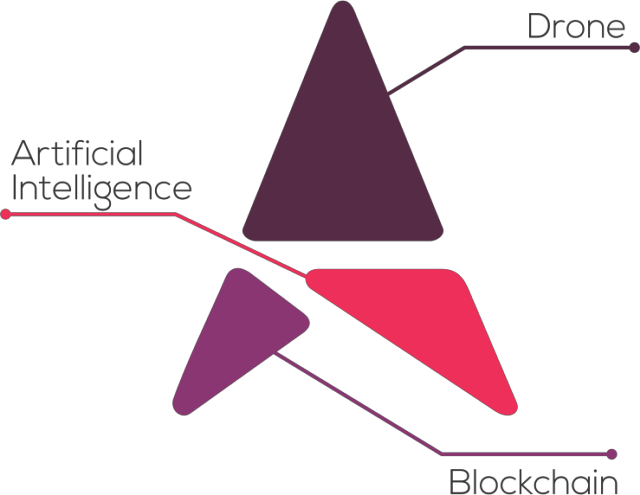is building an AI-driven, autonomous, self-governing, intelligent drone/unmanned aircraft system (UAS) traffic management (UTM) platform on the Blockchain. It is designed to enable safe low-altitude civilian flights of manned and unmanned aircraft in the shared airspace.
The DEEP AERO UTM platform will harmonize integration between UTM systems globally and enable industry, including manufacturers, service providers, and end users to use drones safely and efficiently without disrupting the existing manned aviation system.
“The use of unmanned aerial vehicles is increasing exponentially,” says Mr. Gurmeet Singh, CEO of DEEP AERO. “We’re heading towards a future in which millions of drones will fly billions of flights. At some point in the not-too-distant future, fleets of commercial drones are expected to swarm across the skies. Current airspace management and air traffic flow management systems don’t have the capabilities to handle the type of operations relevant to drones. In addition, the anticipated traffic density of drones is far beyond the capabilities of current air traffic management systems.”
Drones are already being used in countries across the globe. Drones monitor illegal fishing off the coasts of Libya, Japanand the Galapagos Islands and patrol oil and gas pipelines in Angola, Nigeria, Kuwait and Saudi Arabia. Archaeologists in Russia are using small unmanned systems with infrared cameras to construct a 3-D model of ancient burial mounds. In addition, researchers in Costa Rica have launched unmanned aerial vehicles into volcanic clouds to try to predict major eruptions.
DEEP AERO is currently researching prototype technologies such as airspace design, dynamic geofencing, congestion management, terrain avoidance, route planning, re-routing, separation management, sequencing and spacing, and contingency management. DEEP AERO UTM includes universal drone registration standards, secure identification systems, tamper-proof flight data recorders, accurate and trustworthy 3D mapping data, dynamic weather information, and secure vehicle-to-vehicle communication.
Source: Press Release

